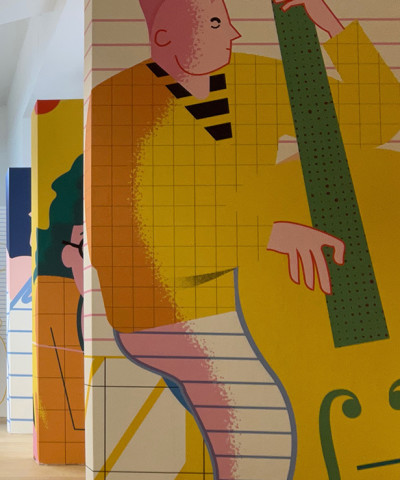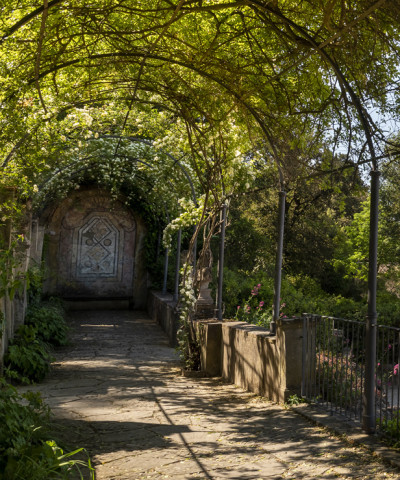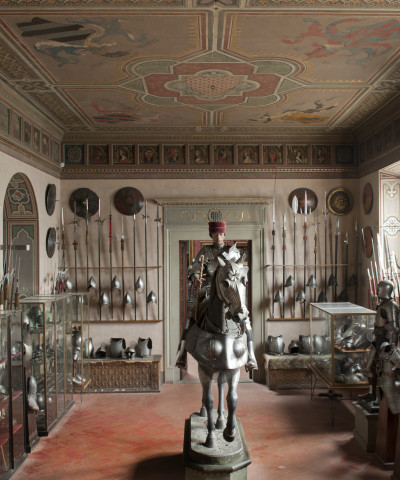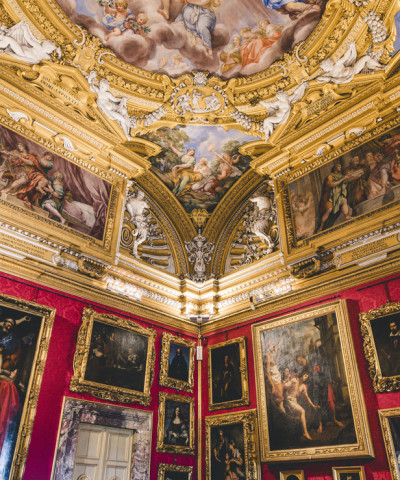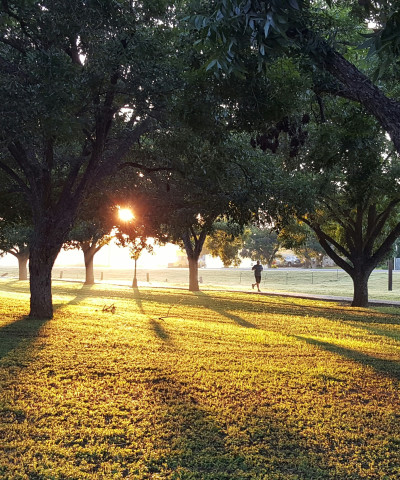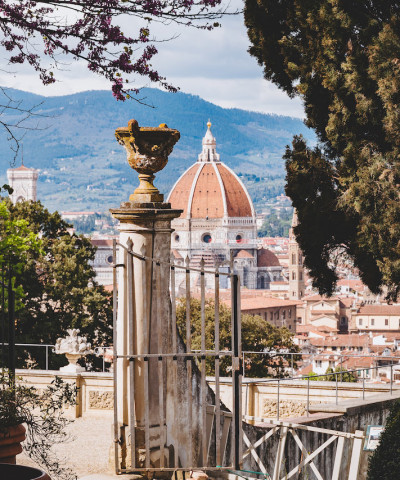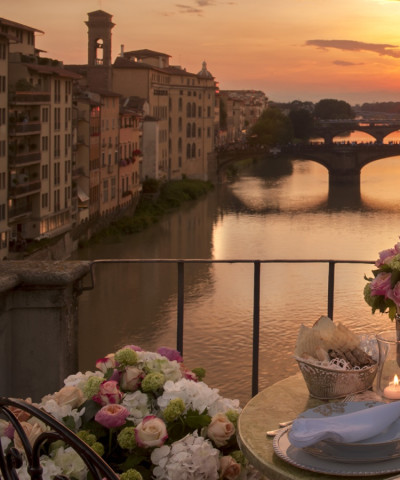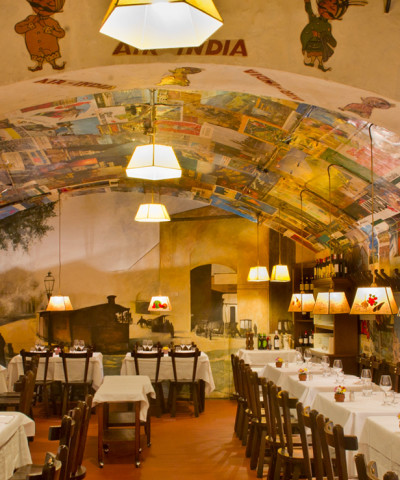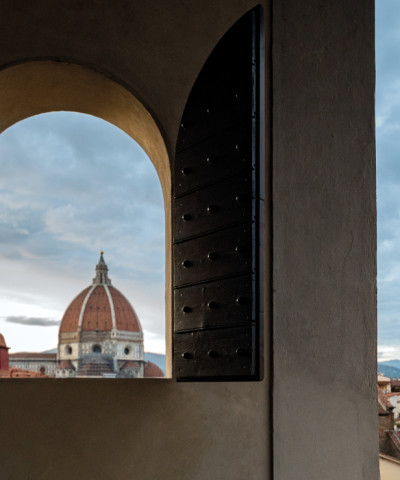Florence and its beautiful gardens
With the arrival of spring, come with us to discover the precious green areas of the city
When Spring comes, the city of Florence offers the joys of gardens that are unequalled in Italy, in addition to its magnificent monuments and splendid religious architecture. In the area of Florence alone and excluding public parks, there are some forty historical gardens that date from the Middle Ages to the mid-19th century when Florence was capital of Italy. While in medieval times, gardens were linked to monasteries and supplied the plants for medicinal use and for cooking, it was really during the Renaissance that the Medici transformed their gardens into open-air museums.
The Medici were the first to engage important architects to design splendid gardens adorned with fountains, sculpture, nymphs, caves and elaborate geometries of evergreens, literally inventing the prototype of what came to be known as Italian gardens, which were copied and imitated throughout Europe.
In this brief presentation of ours, we have decided to introduce some gardens that are less well-known than the monumental Medici gardens but are magnificent examples of beauty and can easily become an attractive destination on a lovely day in the Spring.
Let us begin with the superb Giardino delle Rose [Garden of the Roses], created in 1895. In recent years, this wonderful place in the city has become one of the most popular photographic subjects in Florence, that is, since twelve sculptures by Jean-Michel Folon were placed in this garden open to the public all year round. The best time to visit is May, of course, when all the rare varieties of roses are blooming. However, with over three hundred botanical varieties, the surroundings are magical at other times as well. Here you can also admire the Japanese garden Shorai-Teien, the only one of its kind in Florence, donated in 1998 by Japanese architect Yasuo Kitayama to celebrate the bond between the twin cities, Florence and Kyoto.
Also in Oltrarno [the left bank of the Arno], discover the Giardino Corsi [Corsi Garden], by appointment. The entrance to the park is in Via Romana, opposite the Annalena entrance to Boboli Gardens. The garden has the typical layout of an English garden, which became popular in Florence in the mid-19th century. The origins of the garden date back to the 15th century when it was part of the ancient vegetable gardens of the nuns at Annalena. These were broken up in the 16th century to allow for construction of fortifications by Cosimo I, but it was not until 1801 that Marquis Tommaso Corsi commissioned architect Giuseppe Manetti to create the garden as we see it today.
After passing through the neoclassical entrance under the image of two dancing girls, inside the garden offers a delightful series of laurel hedges, holm oaks, cedars and magnolias. Follow a narrow path through the trees to discover many terracotta sculptures, or rest on a romantic bench in exedra with delicate neoclassic designs and a view of the elegant central parterre with a gracious fountain. Beyond, toward the high garden wall you will find the large aviary and the lemon house.
Without leaving the area that was within the city walls, the Prato still has many fantastic gardens. The most luxuriant and best preserved is probably the Giardino Corsini. The aristocrat Alessandro Acciaiuoli and his architect Bernardo Buontalenti created the garden in 1591. A financial crisis forced the Acciaiuoli family to sell the villa and its garden to Filippo di Lorenzo Corsini in 1621 and the property still belongs to the same aristocratic Florentine family today. The visit by appointment will allow you to admire an imposing garden, a harmonious geometrical parterre with hedges of box, two lovely English groves, two well-conserved lemon-houses and an important collection of peonies. In the midst of it all, Cardinal Neri Corsini placed many statues and classic inscriptions along the monumental avenue.
Near Piazza SS. Annunziata, the Giardino Budini Gattai hides behind the walls of the family palace. Although the dimensions are small, the garden is famous for its collection of camellias, among the best in Florence and best seen in bloom at the end of March. There is also an unusual and rare little grove of bananas, which offers visitors a hint of the exotic from its sheltered microclimate in the heart of Florence.
We will conclude this tour with what is, in my opinion, one of the most beautiful gardens in Italy, Villa Gamberaia on the hill of Settignano. The garden is laid out on several levels where you can admire the lemon-house, the ‘Gabinetto di roccaglia’, small groves and the spectacular ‘Modern Parterre’, which alternates fountains with intricate geometrical hedges and terminates with the monumental arcades of cypress trees.










